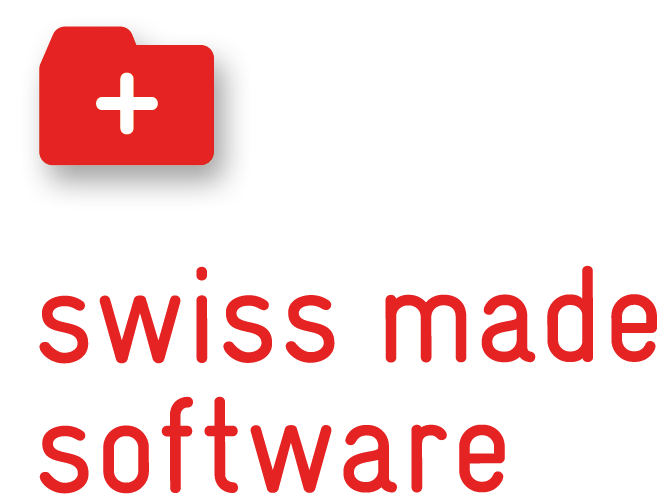
2022 was a challenging year for wealth management. The key to surviving this storm, according to Michael Negele, was highly active management. Having launched a marketplace lending fund, he believes that private debt has a place in any well-diversified portfolio.
Investors have faced significant challenges during the year 2022. What were the main concerns of your clients?
The most critical subjects at hand were inflation and the ongoing conflict in Ukraine, which particularly troubled our older clientele. Additionally, financial performance was a source of concern. In a challenging environment, it becomes crucial to increase communication with clients, and we took that initiative, which was well-received by our clients. Despite ending the year with a negative performance, we still ranked among the top quartile of asset managers based on our performance.
How did you react to the rising rates, and what big changes did you make in your asset allocation?
We've been operating in a world where it has not been possible to generate profits with high-quality bonds in Euros or Swiss Francs for quite some time. Many responded to this challenge by extending their investment duration or purchasing lower quality bonds, which led to poor performance in 2022.
However, we remained proactive and cautious. We were already skeptical by the end of 2021 and had reduced our risks accordingly. Having positioned ourselves for rising inflation, we invested in exchange-traded funds with commodities and Brazil as the underlying performance drivers, which turned out to be one of the best-performing markets in 2022. Instead of bonds, we had already established positions in alternative assets such as CTAs or private debt.
And how are you positioned for 2023?
In response to changing circumstances, we have modified our approach by decreasing our exposure to alternative assets and purchasing bonds instead. High-quality US bonds now offer yields of 4-5%. Even Swiss and European bonds provide some yield. Although it may not be much, but even that can make a difference. As the landscape evolves rapidly, active management and risk control will remain critical.
Has private debt become less interesting for investors with rising yields of bonds?
Private debt remains a crucial component of fixed income allocation, complementing traditional bonds. It enables diversification of investment strategies, as demonstrated by the stabilizing effect it had on portfolios during 2022's market turbulence when even bonds suffered. Moreover, our focus on short-maturity private debt serves as a hedge against inflation, with reinvestments continually being made at rising yields.
More specifically, your company NSF has launched a private debt fund called SME Lending Fund Switzerland. It invests in loans from three Swiss marketplaces. How do you explain marketplace lending to your clients?
As an independent asset manager, we deal with clients whose knowledge about investment topics varies a lot. Some pay attention to their performance, others to costs, while others want to talk about specific stocks. In any case, we discuss the fact that the SME Lending fund is a proprietary product, which we also market to other asset managers and family offices. The fund aims to provide small and medium-sized companies with debt capital, particularly in cases where banks are unable or unwilling to lend.
A lot of people have a positive attitude towards small and medium-sized enterprises (SMEs) and are willing to support the real economy. They appreciate the opportunity to allocate their funds to where they can make a meaningful impact, while still achieving a reliable return on investment.For clients who wish to understand the mechanics of the fund better, we provide them with access to the dashboard of the software that i2 group provides us, giving them the chance of experiencing the potential and possibilities that arise by working with such a fintech startup.
What are your learnings from launching this novel product?
The SME Lending Fund Switzerland faces a unique challenge in maintaining a balance between the deal flow of credit projects to invest in and the amount of capital invested. From the outset, we chose to invest solely in creditworthy borrowers and exclude high-risk borrowers. This approach has proven successful as we have invested in over 80 different projects without any defaults thus far. Although there have been instances of delayed payments, our setup has enabled us to react promptly. Effective risk management is paramount in this field.
Given this framework, it was prudent to start with a small fund size and grow it gradually, which allowed us to learn and refine our processes. We benefited greatly from the expertise of i2's team in the marketplace lending space, and they were receptive to any changes we wanted to make. As the size of the fund increases, costs decrease, and yields improve every month. Consequently, we are pleased with the fund's launch, and more importantly, our clients are satisfied too.
Since you mention the need to balance credit projects with capital supply: Is there a limit to the capital the fund can deploy while staying true to its focus on good risks?
If you had asked me the same question three years ago I would have said yes. But marketplace lending in Switzerland has matured considerably since then.
There are promising new developments that offer opportunities for capital investment. One example is our collaboration with Carify and Crowd4Cash to invest in car subscription loans. I’d say that at the moment we could easily deploy 50 million Francs. Of course, there is always a limit. At present, investing 500 million Francs would be a challenge, but as the market expands and institutional pools of capital increase, we can add other platforms as needed. Additionally, there is still a need for education among SME owners, as they can now access high-quality lending services from platforms and are no longer solely reliant on banks.
Why would investors invest in your fund instead of deploying their capital directly on such platforms?
The first rule of investing is ”don’t lose money”, and the second rule is “never forget the first rule”.
Investors find it beneficial to invest in a fund that already has a well-diversified loan portfolio as it minimizes risk. By investing in our SME Lending Fund, investors can take advantage of our risk management and IT expertise, which is otherwise not accessible to them. We provide a disciplined and professional approach to investing, eliminating the need for investors to manage their portfolio themselves. Furthermore, the fund offers liquidity to some extent. Due to the positive response we have received from investors, we may consider launching similar funds that invest in other countries like Germany.



